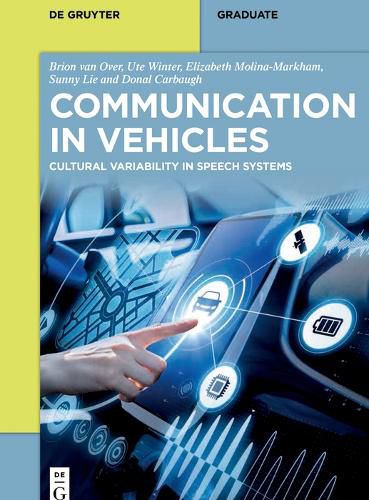Readings Newsletter
Become a Readings Member to make your shopping experience even easier.
Sign in or sign up for free!
You’re not far away from qualifying for FREE standard shipping within Australia
You’ve qualified for FREE standard shipping within Australia
The cart is loading…






New technology in vehicles is transforming the way people move around as well as what they do in their vehicles. How does one communicate with an in-car speech system and how does this vary by language or cultural community? This book explores this process by focusing on the communication practices that people engage in when using their in-car systems and when talking about their vehicles with co-passengers. Chapters present a robust theory and methodology for studying communication in cars, how tasks are begun and ended, how people switch between tasks, how non-task talk appears, what ways and styles of communication drivers prefer, and how they expect the system voice to respond, among other things. Particular attention is given to cultural preferences as they are evident in this communication; these preferences are found to ground various trajectories in the use and meaning of in-car communication practices. The book explores these matters with a focus on the United States and Mainland China. Implications are drawn for the design and utilization of in-car communication systems.
$9.00 standard shipping within Australia
FREE standard shipping within Australia for orders over $100.00
Express & International shipping calculated at checkout
New technology in vehicles is transforming the way people move around as well as what they do in their vehicles. How does one communicate with an in-car speech system and how does this vary by language or cultural community? This book explores this process by focusing on the communication practices that people engage in when using their in-car systems and when talking about their vehicles with co-passengers. Chapters present a robust theory and methodology for studying communication in cars, how tasks are begun and ended, how people switch between tasks, how non-task talk appears, what ways and styles of communication drivers prefer, and how they expect the system voice to respond, among other things. Particular attention is given to cultural preferences as they are evident in this communication; these preferences are found to ground various trajectories in the use and meaning of in-car communication practices. The book explores these matters with a focus on the United States and Mainland China. Implications are drawn for the design and utilization of in-car communication systems.